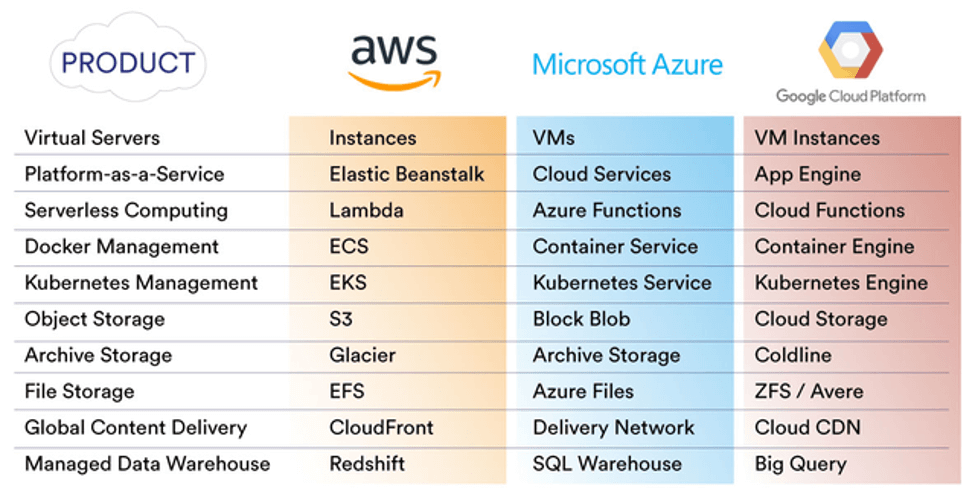

#1 Cloud Security Can Be Weaker Than On-site Data Storage And Handling Disadvantages of Using AWS (Or Other Cloud Computing Providers)Īlthough AWS (and cloud computing in general) provides a wonderful set of advantages, it has some drawbacks as well that often raise questions about its efficiency. Various storage and security facilities vary with the account type chosen. Once you register yourself in the cloud, you can access your account from anywhere in the world provided there is an internet connection. The cloud service providers also have enough capacity to recover your data, so there is the convenience of recovering your data anytime. Storing data in the cloud, backing it up and restoring the same is relatively easier than storing it on a physical device. You can access as much or as little as you need. #3 Unlimited StorageĬloud computing provides almost unlimited storage capacity, i.e., you need not worry about running out of storage space or increasing our current storage space availability. If any of the servers fails, then hosted applications and services can easily be transferred to any of the available servers. It guarantees 24×7 and 365 days of service. Here are some of the key advantages that cloud computing has to offer: #1 Cost-EfficientĪ cloud computing platform can provide a more reliable and consistent service than an in-house IT infrastructure. Using this service model, the customers can develop their applications on these resources. The AWS EC2 is an example of cloud computing at the infrastructure-as-a-service (IaaS) level, providing users with the capability to handle processing, storage, and network connectivity on demand. – Cloud service providers can enable a pay-as-you-go model, where customers are charged based on the type of resources and per usage – Resources are accessible over a network with proper security – Resources can be scaled up or down automatically, depending on the load – Users can provision and release resources on-demand You pay only for what you use with no up-front expenses and no long-term commitments, which makes AWS cost-efficient.Ĭloud computing is a model that enables the following features:

Instead, these services can instantly spin up hundreds or thousands of servers in minutes and deliver results faster.

With this cloud, you need not plan for servers and other IT infrastructure which takes up a lot of time (and space and money). In 2006, Amazon Web Services (AWS) started to offer IT services to the market in the form of web services, which is nowadays known as cloud computing. AWS is a way to host your website, route URLs, and have a way to store data and files like videos and images all on one platform.
#Amazon cloud services for business for free
This article aims to simplify the process of building a website on AWS by breaking down key terms used in the software and demonstrating how you can get started on AWS for free by following a few simple steps.Īs a company, all you need to do is to identify which AWS services you need, such as hosting, data storage or analytics. Learning AWS can be a daunting task for small business owners on top of running day-to-day operations. – Deliver static and dynamic files quickly around the world using a Content Delivery Network (CDN) – Using managed databases like MySQL, PostgreSQL, Oracle or SQL Server to store information – Securely store all your files on the cloud so you can access them from anywhere – Run web and application servers in the cloud to host dynamic websites Amazon Web Services (AWS) is a secure cloud services platform, offering computing power, database storage, content delivery and other functionality to help businesses scale and grow.ĪWS allows you to do the following things:


 0 kommentar(er)
0 kommentar(er)
